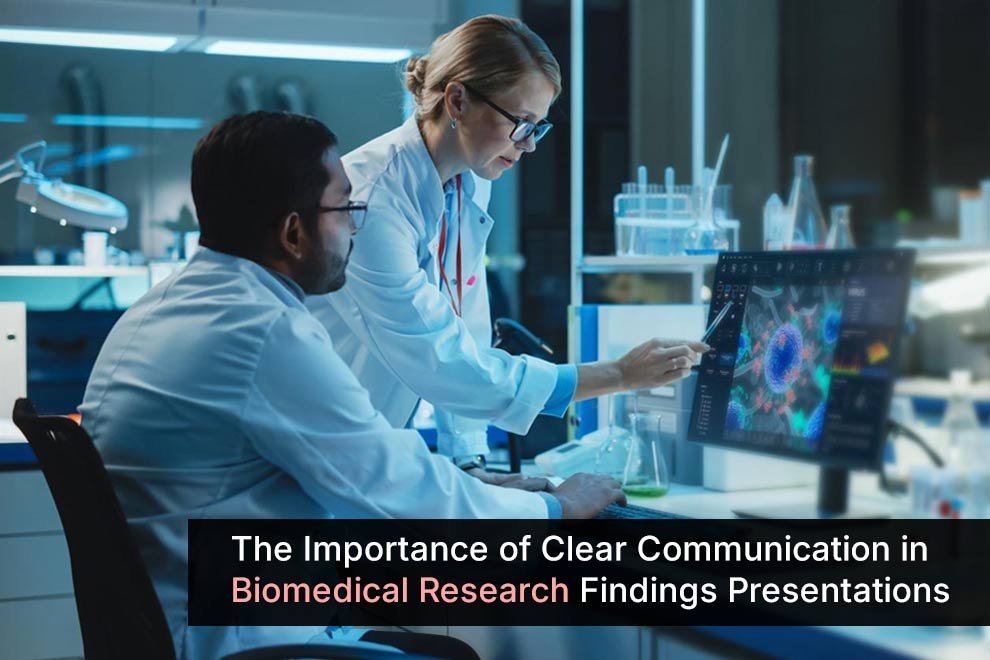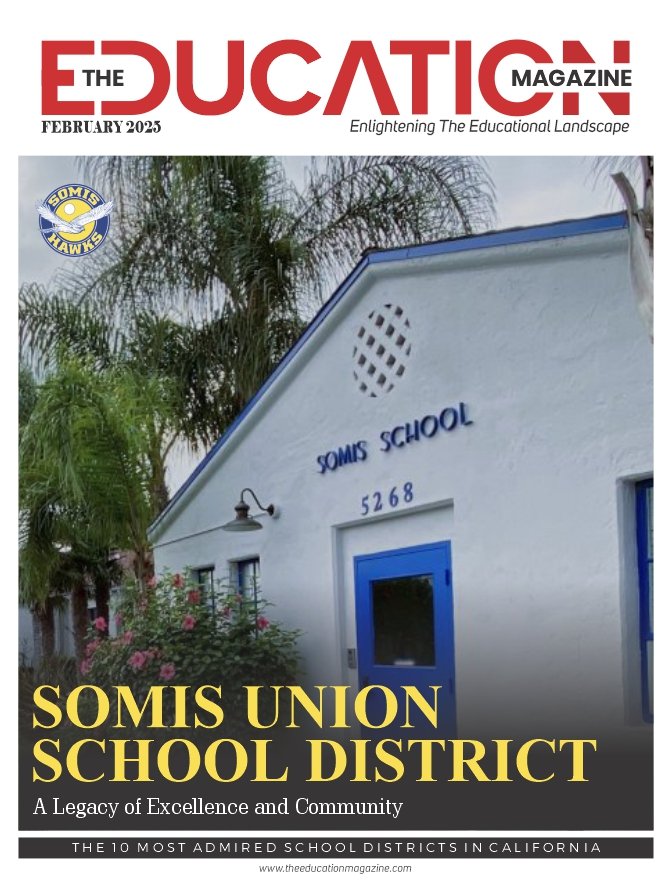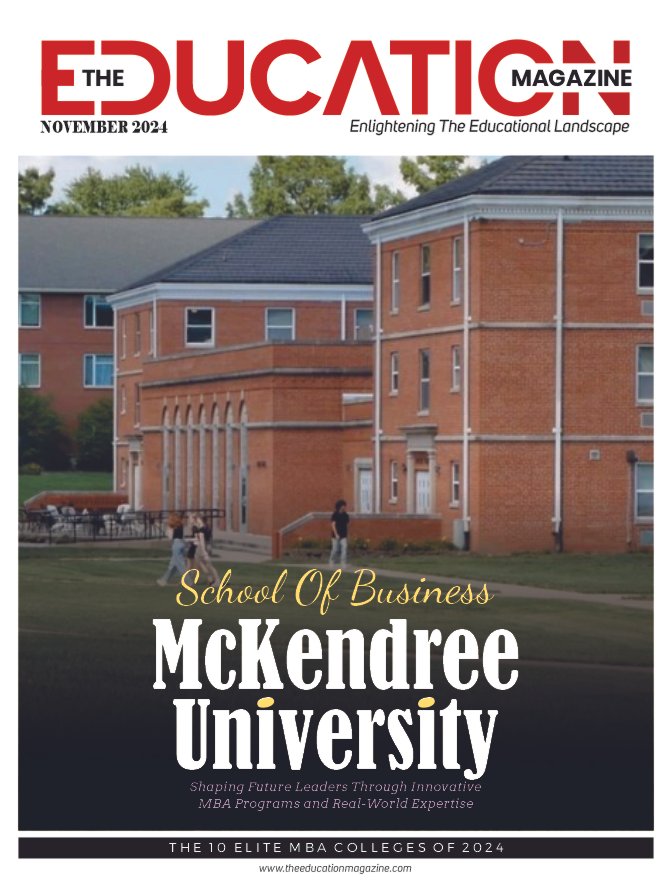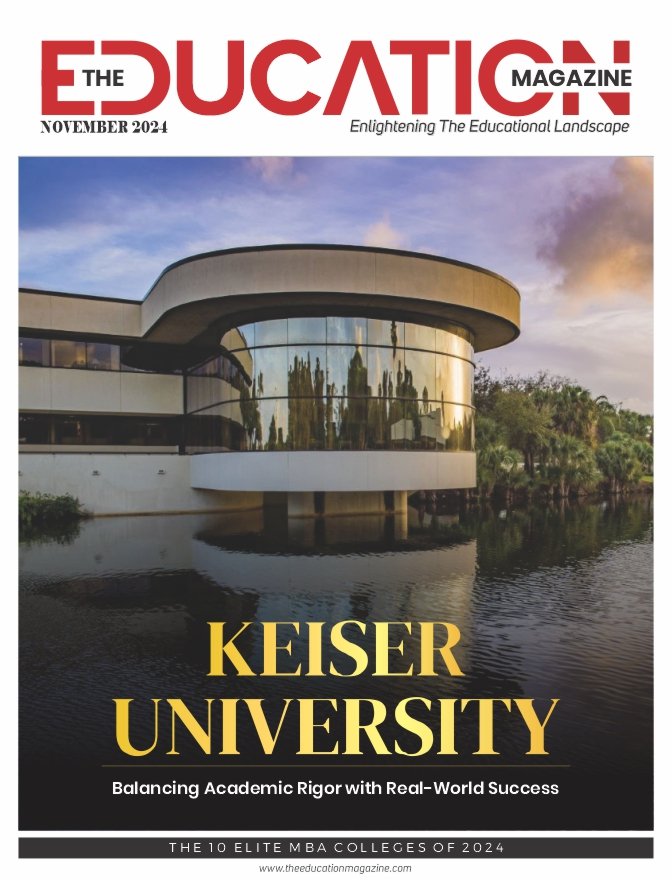Biomedical research is one of those dynamic, complex fields that have been instrumental in advancing knowledge on human health and disease. The success of research, however, depends not on the findings per se but on how these findings are effectively communicated to diverse audiences. Whether it is presenting to fellow researchers, healthcare professionals, policymakers, or the general public, communication must be clear to ensure that the message is portrayed and understood. This article aims to explore the importance of clear communication in biomedical research presentations and how that can further improve the impact of the research.
Understanding Your Audience
One of the most important components in effective communication of biomedical research is to know your audience. Researchers constantly face the challenge of communicating highly specialized information to an audience with diverse levels of expertise and knowledge. Often, to the research scientist, technical detail and sophisticated methodologies will be suitable and appropriate for a colleague. For example, to a bigger audience of patients or policymakers, such a presentation needs to scale back so the material is understandable without sacrificing any veracity. The message shall be paraphrased according to the audience’s level so that they relate to it, take the key points from here, and act upon them if need be.
Visual Aids in Communicating Complex Information
The use of visual aids in the communication process is important to convey advanced biomedical concepts. Graphs, charts, diagrams, and other visual elements are used to explain complex data into information that would be more easily consumed by the audience. For example, a medical animation can depict biological processes or molecular interactions that cannot be described by words. Such animations are especially helpful in explaining complex ideas, such as the molecular mechanisms of a disease or the effects of a new drug on the human body. Clear, well-designed visuals integrated into the presentation enhance the audience’s understanding and interest and allow them to remember the research better.
Storytelling
The other powerful means of clear communication in biomedical research presentations is storytelling. Humans are innately fascinated by stories, and once the findings of research are presented in a story format, they relate well; hence, as such, it will be more interesting. For example, presenting a case study, or even following the story of a patient or research subject, puts emotional resonance into what would otherwise be dry scientific data. Storytelling puts a human face on the findings to make the science more personal and relevant. It could also help explain what potential real-world applications of the research may look and feel like, which can be important for communications with non-expert audiences.
Simplify Technical Language without Loss of Precision
Technical language in biomedical research and scientific terminology cannot be completely avoided. At the same time, too much jargon has the capability to overwhelm an audience. In other words, clarity involves a tradeoff between proper terminology and simplicity. In fact, such could only be accomplished by the use of a definition for key terms, avoiding disproportionate technical detail, and using analogies or metaphors in simplifying such complex ideas. An attempt at portraying, then, the gist of the research without compromising its integrity could be done so that the audience leaves with an understanding of the main findings and their importance.
Engaging and Interacting with Your Audience
Communication is not effectively a one-way street. This is where there is a need to engage the audience in an interactive dialogue where the biomedical researcher presents the research. The audience should be invited to ask questions and provide feedback. This will not only ensure that the message is understood but will also provide an avenue for new ideas to emerge in an interactive environment. This interaction could be in question-and-answer sessions during the presentation or in a discussion session afterwards. In this regard, becoming open to engagement and creating involvement with the audience means the presenter clears up his message and develops better rapport with the listeners.
Loud and clear communication in biomedical research presentations is vital for making sure that research findings are understood, appreciated, and applied in meaningful ways. Knowing your audience, using visual aids, telling stories, and avoiding technical language are all ways researchers can be better communicators. Besides, an engaged audience provides that sense of collaboration that promotes further discussion and learning. Finally, plain talk bridges the gap from a complicated scientific study to what it means on the ground, vastly improving the social benefit of a biomedical breakthrough.
Also Read: Biomedical Engineering Vs. Biotechnology













